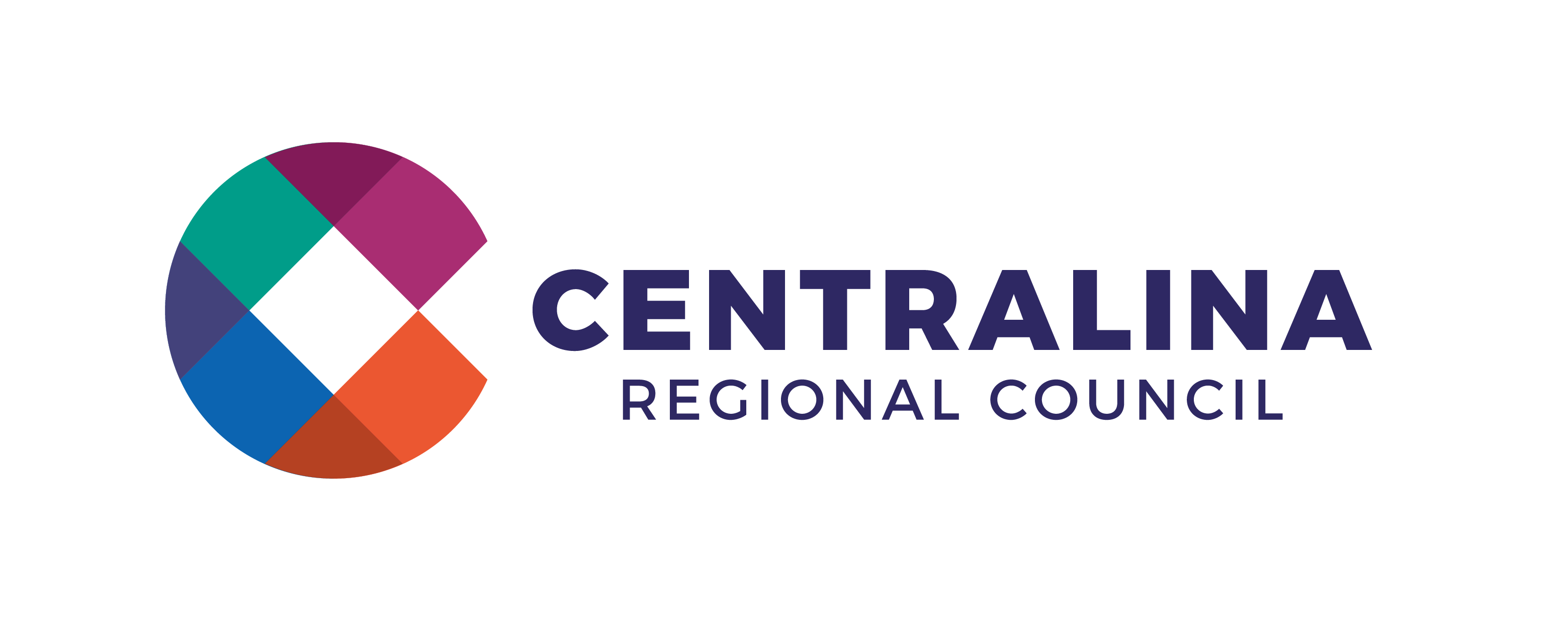Part II in the CONNECT Our Future Retrospective Series
Centralina Regional Council started an initiative in February 2021 to inventory and evaluate accomplishments in the region that tie back to CONNECT Our Future and highlight specific data and stories that may inform new actions or priorities for Centralina staff as they continue to support local initiatives that implement the region’s priorities. CONNECT Our Future was an initiative that united residents, businesses, educators, elected officials, non-profit organizations and other interest groups around a common desire for more cooperation in the region and the need to work together to fulfill shared goals. A general framework for future growth and development was created under the initiative, which was unanimously endorsed by the CONNECT Consortium Program and Policy.
Two articles focus on growth and development patterns in the region, specifically, where did growth occur in the region, what forms did it take, how quick did change occur and what has been the reaction to change in local communities. Part one of the growth and development assessment (available here) looked back at land use and metrics and changing conditions for the period between 2010 and 2019. This article (Part two) looks forward to opportunities and challenges facing the region either now or in the future, especially as communities struggle with hard choices around growth, density, land use mix, community character and available infrastructure capacity. This article is organized under seven general topics: voices heard around the region, market trends and development pressures, changing development preferences, big issues facing the region in the future, community reactions to change, ties back to CONNECT Our Future and key takeaways from the process.
HOW IS CONNECT OUR FUTURE BEING USED?
The communities that fully-embraced the data and principles in the recommended framework implemented its ideas and concepts in their local plans, policies and ordinances. Others used the tool kit to implement recommendations from CONNECT Our Future, and it influenced their different plans, processes and thinking about important qualities to emphasize in their communities. Analytical models and multi-jurisdictional data sets first developed in 2012 have been updated in 2016 and 2020 and used widely in the region to study and evaluate the needs for various transportation, water and sewer infrastructure projects. The data is also being used by communities for various funding requests and grant applications.
From a regional perspective, Centralina Regional Council supported implementation by incorporating the concept of “place types” into local comprehensive plans across the region, spearheading capacity building and training for the CONNECT Our Future toolkit and leading multiple projects to advance CONNECT Our Future priorities. Centralina created regional parcel-based maps to track current development status and future land use policy in 2013, 2016 and 2020 and led placemaking projects across the region, integrating land use, transportation and health. Centralina also led several regional planning projects directly attributable to the recommendations and outcomes from CONNECT Our Future, including: the Metrolina Regional CommunityViz Initiatives (2016 and 2020), the Greater Charlotte Regional Freight Mobility Study (2016), the Regional Transit Engagement Series (2019) and the CONNECT Beyond Regional Mobility Initiative (2021). Each of these transportation projects included land use elements, such as the placement of employment centers that depend on freight logistics or the creation of transit supportive walkable centers, in support of wholistic community planning. In all these ways, the preferred development principles and patterns from CONNECT Our Future are taking root in some parts of the region seven years later.
*To view the report in the correct layout, make sure to change your reader setting to a two-page view




